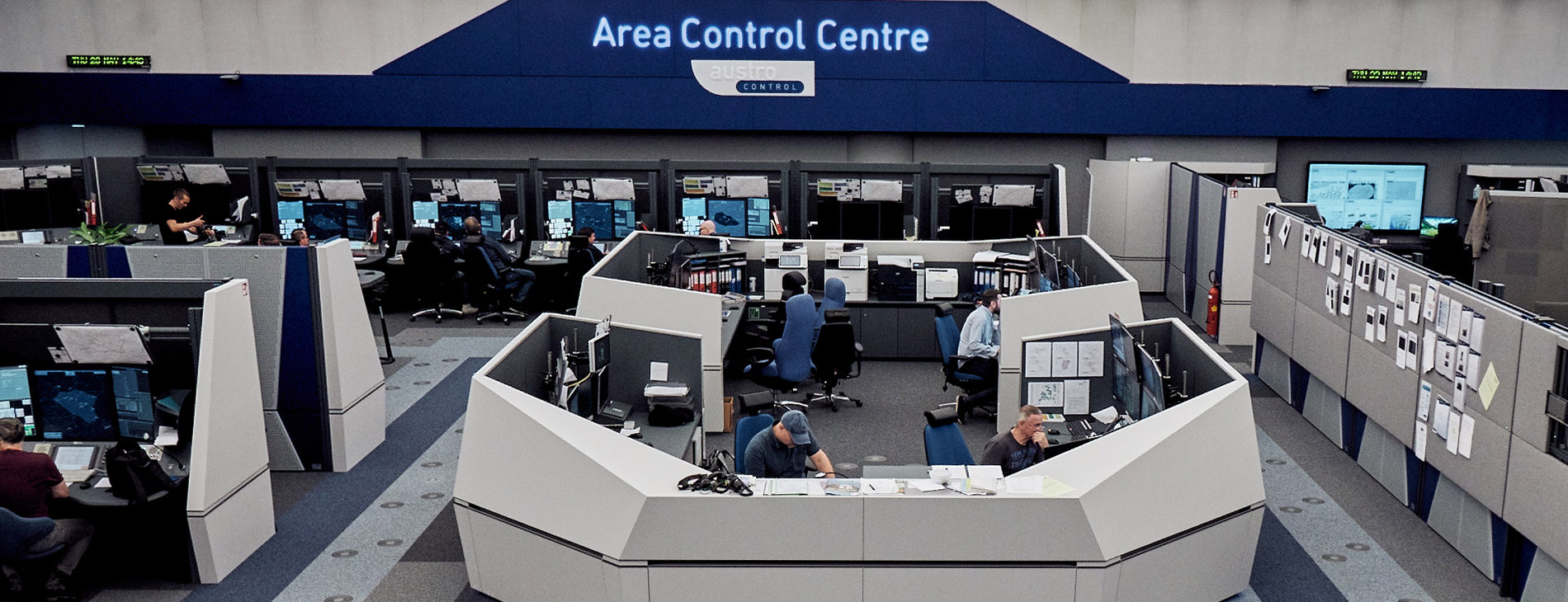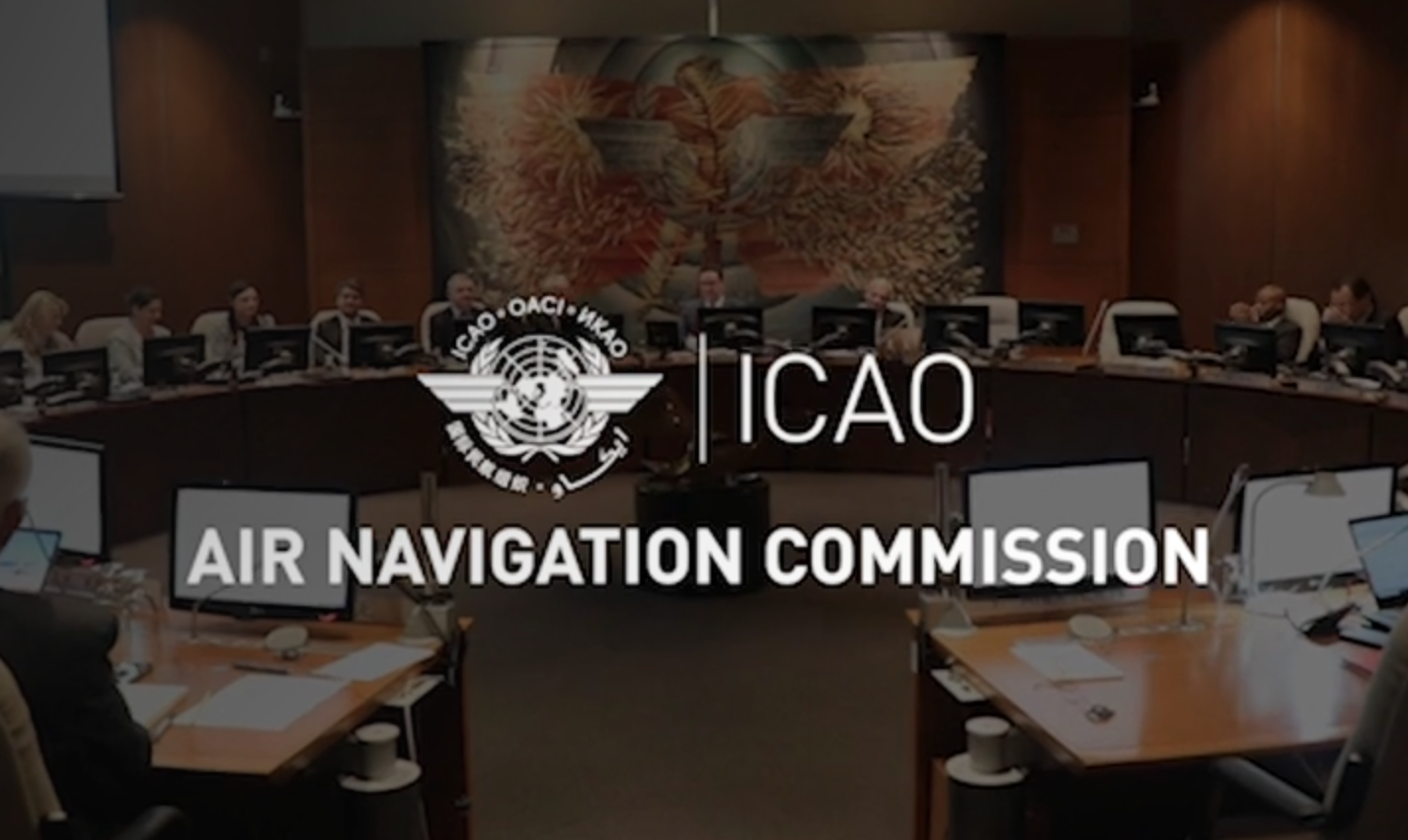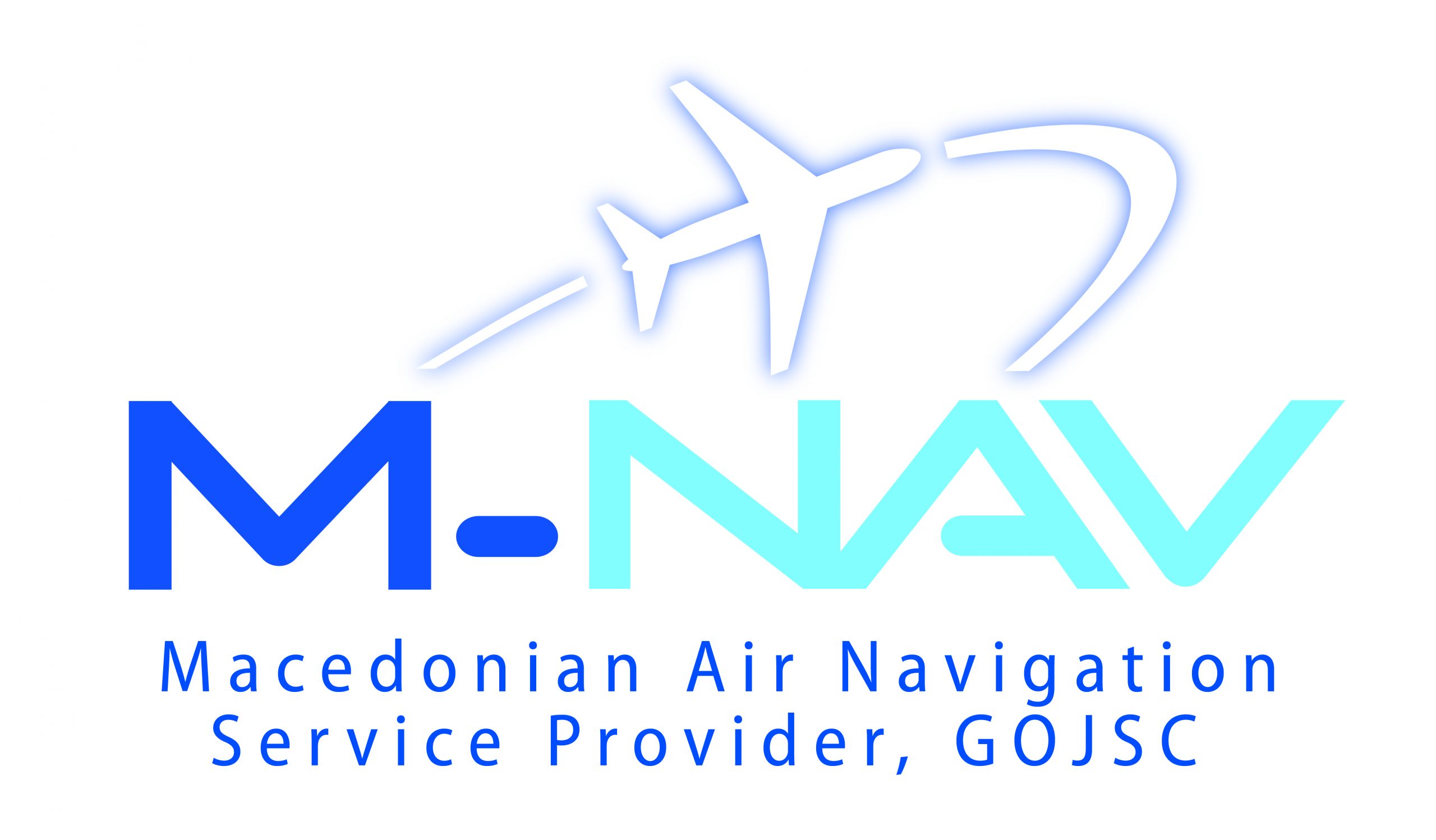
The investigation revealed that the random PA occurrences could not be attributed to a single, predictable cause but rather to a combination of factors related to the radio frequency environment and to the current single frequency implementation of the data link infrastructure. For that reason certain air navigation service providers took mitigation measures, consisting of the restriction of DLS operations to aircraft equipped with specific avionics through so-called ‘white lists’, so as to address potential safety impacts of those PAs in the operations of data link service.Īt the request of the Commission, the European Aviation Safety Agency ( EASA) conducted an investigation to identify the root cause or causes of those technical issues and to recommend measures to address them. The DLS-IR is legally binding and applies directly to Air Navigation Service Providers (ANSPs) and to Aircraft Operators.Īir navigation service providers and operators have reported technical issues when implementing Regulation (EC) No 29/2009, particularly disconnections, known as Provider Aborts (‘PAs’), of existing air-ground data communications enabling the operations of data link services (‘DLS’) and which are beyond acceptable performance levels. The Data Link Services Implementing Rule (DLS-IR) was adopted on 16 January 2009 by the European Commission and published as Regulation 29/2009 - Data link services for the Single European Sky. The implementation of CPDLC for the European airspace users operating above FL285 and ANSPs is addressed in the Data Link Services Implementing Rule. The CPDLC message set is contained in ICAO Doc 4444: PANS-ATM, Annex 5. The global communication procedures are detailed in the ICAO Provisions: Annex 10 Volume III Part 1 Chapter 3. The CPDLC is being globally implemented and currently is in different implementation stages. A “free text” capability is also provided to exchange information not conforming to defined formats. The pilots are provided with the capability to respond to messages, to request/receive clearances and information, and to report information. The controllers are provided with the capability to issue ATC clearances (level assignments, lateral deviations/vectoring, speed assignments, etc), radio frequency assignments, and various requests for information. It enables a number of data link services (DLS) that provide for the exchange of communication management and clearance/information/request messages which correspond to voice phraseology employed by air traffic control procedures. The CPDLC application provides air-ground data communication for the ATC service. The message is displayed on a flight deck visual display. (ICAO Doc 4444: PANS-ATM) DescriptionĬPDLC is a two-way data-link system by which controllers can transmit non urgent 'strategic messages to an aircraft as an alternative to voice communications.

DefinitionĬontroller Pilot Data Link Communications (CPDLC) is a means of communication between controller and pilot, using data link for ATC communications. The goal is to provide background information for understanding the safety issues related to this technology. It describes the main principles, the different data link services and the basics of CPDLC operations, including related phraseology. A conceptual model of System for control and forecasting the flight emergency development on the base of Intelligent Automated System for supporting the CDM by operators was developed.This article gives an overview of Controller Pilot Data Link Communications (CPDLC).


With the help of the multiplicative function, the influence of organizational risk factors on flight safety in the air traffic control was evaluated. For the sequential optimization of the collaborative two-channel network “Air traffic controller-Pilot” to achieve the end-to-end effectiveness of joint solutions, a multi-criteria approach was used: ensuring the minimum time to parry flight emergency with maximum safety/maximum consistency over the time of operators' actions. Deterministic models of CDM by the Air Navigation System's human operators were obtained by network planning methods their adequacy is confirmed by full-scale modeling on a complex flight simulator. This chapter researches pilot and air traffic controller collaborative decision making (CDM) during flight emergencies for maximum synchronization of operators' technological procedures.


 0 kommentar(er)
0 kommentar(er)
